Planting Technology Lists
-
Insect pests and Control techniques of Aloe Vera
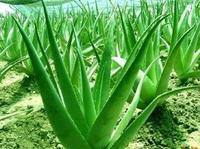
The main pests of aloe are red spiders, aphids, cotton bollworm and shell insects. These pests mainly harm the seedlings or tender leaves of aloe, and the occurrence quantity is small. 1. Red spiders and aphids. It mainly occurs in spring, summer and autumn. (1) physical control. When the number of worms is small, it can be washed with clean water or crushed to death by hand.
2018-09-10 -
Disease control of fresh cut flower lily
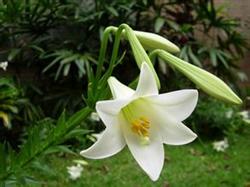
First, lily blight 1, symptoms stems, leaves, flowers and scales can be damaged, mainly the tender leaves of flowers. When the leaves were damaged, small water-immersed spots appeared, and then gradually expanded into grayish green. Stem disease, immersion discoloration part up and down expansion, decay, and further developed into stem bending and sagging. When the disease is serious, the pedicel and.
2018-09-10 -
High-yield cultivation techniques of Edible Lily
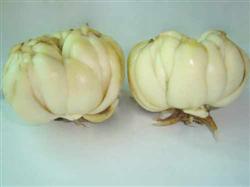
Lily is a cross-year crop. After planting in the autumn of the first year, it will not be able to break the soil and show seedlings until the following spring, during which it has been bred and grown in the ground for nearly half a year. In order to obtain high yield, the following technical links should be grasped in cultivation: first, the selection of suitable improved varieties of lilies can be divided into edible and medicinal varieties, with a total of more than 10 varieties. Eat.
2018-09-10 -
Method for fermenting culture material of Pleurotus nebrodensis
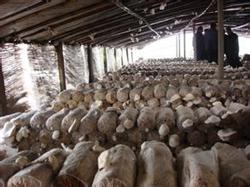
Pleurotus nebrodensis is a rare mushroom species developed in recent years. Its cultivation technology is becoming more and more mature, and the commodity of its products is getting higher and higher. I believe that in the near future, Pleurotus nebrodensis will become an ordinary member of the edible mushroom family like Flammulina velutipes and Coprinus comatus, and will be widely cultivated by mushroom farmers. From the looks of it, white spirit...
2018-09-10 -
Cultivation techniques of Pleurotus ostreatus
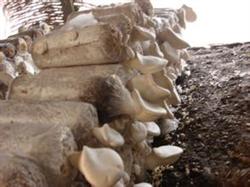
The production of mushroom rods and the formula of cultivating mushroom rods: (1), cottonseed hull 92%, corn meal 3%, wheat bran 5%, water content 65%. (2), cottonseed hull 70%, corn meal 3%, sawdust 20%, wheat bran 7%, gypsum 2%, quicklime 5%, water content 65%. The preparation before production is usually in mid-August in Jixian County.
2018-09-10 -
Problems needing attention in the production of Pleurotus ostreatus
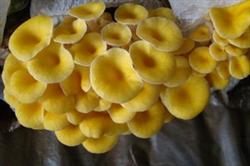
Pleurotus ostreatus, due to the recent high market price, there are more and more growers, but due to the low conversion rate of Pleurotus ostreatus, only one tide of mushroom is collected, the nutrition in the waste rods after production is still very rich, if it can not be recycled, it not only causes a waste of resources, but also pollutes the environment.
2018-09-10 -
The proportion of raw materials for cultivation of Pleurotus ostreatus should be reasonable.
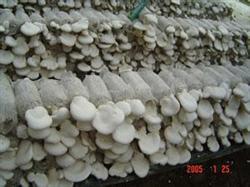
Bailing mushroom is a new mushroom developed in recent years, because the development history is relatively short, so there are still many problems in cultivation techniques, especially the total output has not been raised, and the biological conversion rate of some mushroom farmers is less than 20%. Even in the case of high price, the economic benefit is also very general. A pen.
2018-09-10 -
Master the suitable growing area of Eucalyptus and strictly control the quality of seedlings
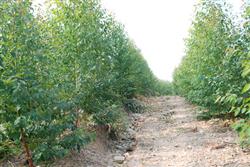
Eucalyptus is one of the three fast-growing tree species with developed root system, strong absorption and large growth. There is an adequate supply of water and fertilizer, with a height of 1.5m per year and 5.5 meters high, and it can be cut and used in 4-5 years. The main nutrient elements absorbed by eucalyptus are nitrogen, phosphorus, potassium, calcium, magnesium, zinc, boron and so on. According to research, each eucalyptus tree is flat every year.
2018-09-10 -
Five elements of High-yield cultivation of volvariella volvacea
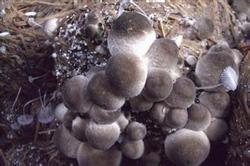
First, reasonably arrange the production season of straw mushroom is a high-temperature edible fungus. In order to make volvariella volvacea grow normally after sowing, the cultivation season should be carried out at a daily average temperature of more than 25 ℃. This is conducive to the growth of mycelium and the development of fruiting body, those with plastic greenhouse can be sown in advance to mid-May, and there are greenhouses.
2018-09-10 -
Off-season cultivation of volvariella volvacea in winter
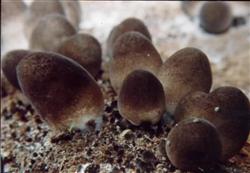
The whole process of volvariella volvacea production is in the environment of high temperature and high humidity, and there are many insect pests and miscellaneous bacteria. Miscellaneous bacteria are mainly umbrellas, Trichoderma, Penicillium and so on. The main reasons for the occurrence of ghost umbrellas are high nitrogen content of raw materials, low pH value, incomplete fermentation and disinfection and so on. Trichoderma and Penicillium are mainly due to insufficient fermentation and partial temperature in the mushroom room.
2018-09-10
